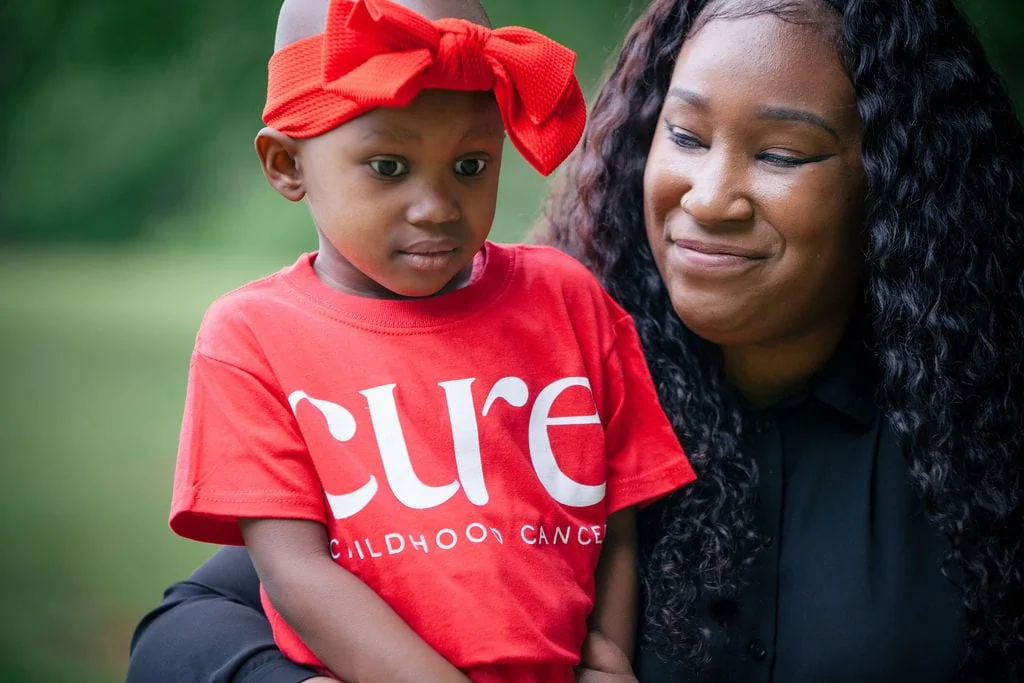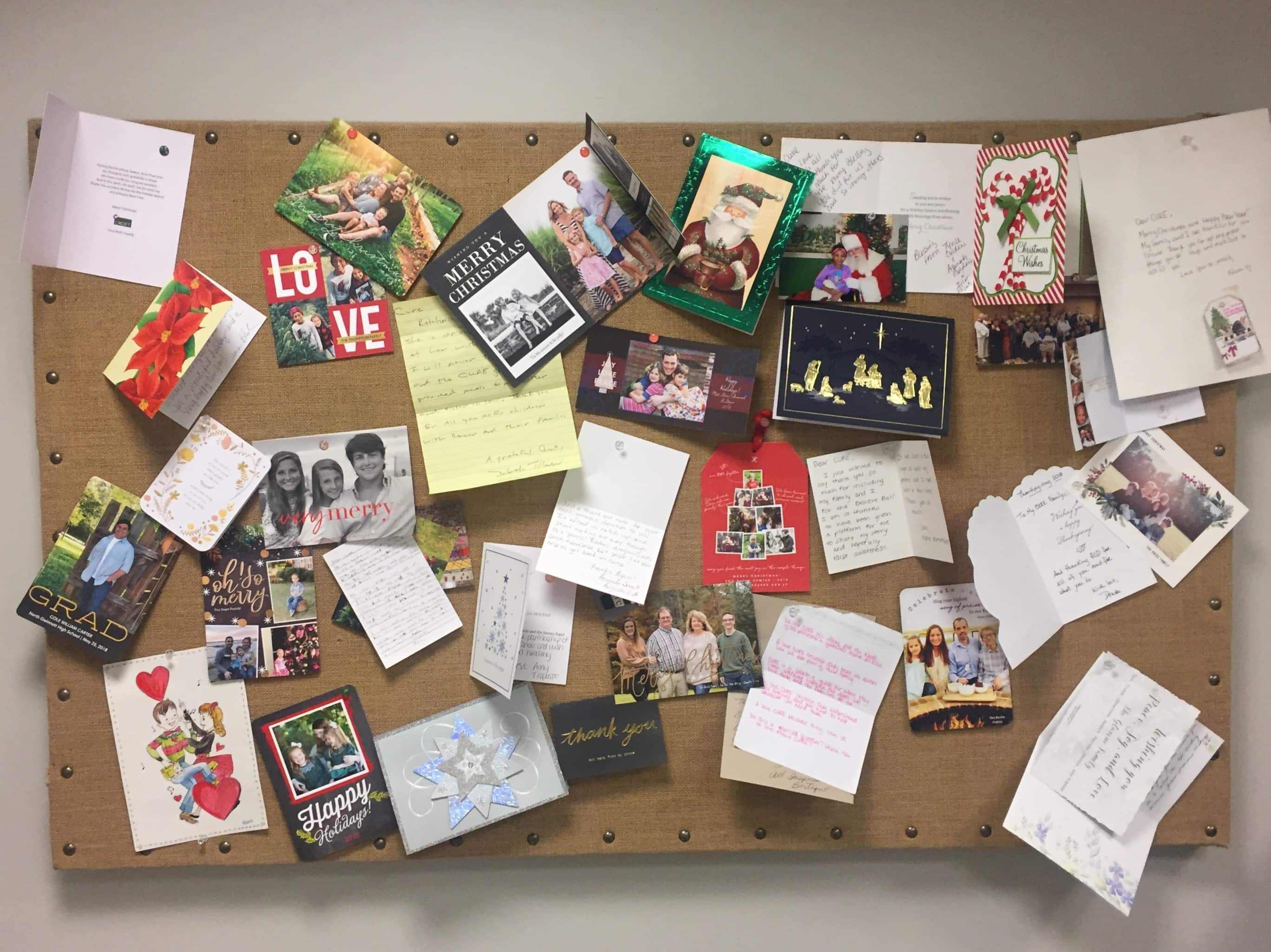
The holidays are a time of generosity and goodwill. As you can imagine, trying to celebrate the holidays while managing their fight against childhood cancer can be overwhelming. During this season of giving, there are simple ways you can make the season a little brighter for children fighting cancer and their families.
- Many families must travel long distances for treatment – often multiple times a week. To help defray some of the cost, CURE provides gas cards in $50 increments to places like QT, Racetrack, Kroger, and Walmart.


- Get your company, friends, neighbors, or church together to begin a project by assembling meal bags, snack bags, toiletry bags, or boredom buster bags. These are critical to families who have long or unexpected hospital stays. Click HERE for more information and examples. Our supplies of each vary, so please email Lisa Odendahl at [email protected] before starting your project to find the greatest area of need.
- A recent study indicates that 20-25% of children experience food insecurity during their cancer treatment, and this insecurity can lead to poorer outcomes. Your company or organization can make a difference and provide a meal to children with cancer and their families through CURE’s Open Arms Meal Program. These meals help alleviate the stress and cost of meals for family members during hospital stays while meeting nutritional needs. Click HERE to learn more about sponsoring a meal.


- If you have a favorite restaurant and business, encourage them to host a percentage night during the holiday where a portion of the proceeds from your purchase will benefit CURE.
5. Start a Holiday Facebook Fundraiser. This is a great way to share our cause with your friends and family while raising essential funds to help. Click HERE to set yours up.


- Visit the CURE Store. We’ve got several products to fend off the cold, like our zip-up sweatshirt and the CURE / Love Your Melon beanie. By buying and wearing CURE products, you are helping us to conquer childhood cancer while sharing the mission at the same time. Shop Now!
- Host your own hot chocolate stand, chili cookoff, or other events in your neighborhood. The sky is the limit to what you can do. You can do it all yourself or use our handy DIY Fundraising site! Click HERE to get started.


- If you like to exercise, encourage the owner of your gym or fitness studio to host a “give-back holiday class” where the proceeds raised for the class go towards our mission.
- Your school or business can host an “ugly sweater fundraiser day” where students, teachers, or colleagues donate $1 or $5 to wear their sweaters that day. You could even make it a competition between grades or departments!


- Host a neighborhood movie night with classic holiday movies like Elf, It’s a Wonderful Life, or A Christmas Story. There’s no shortage of holiday music and movies to listen to and watch. Your friend’s ticket to attend is a donation to CURE.
Of course, these are just some of the things you can do for children with cancer and their families. Your only limit is your imagination! If you need any help or direction, please reach out – we would love to talk to you. Please email Kristen Rudio at [email protected].
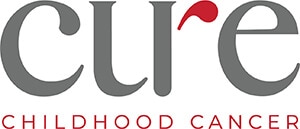
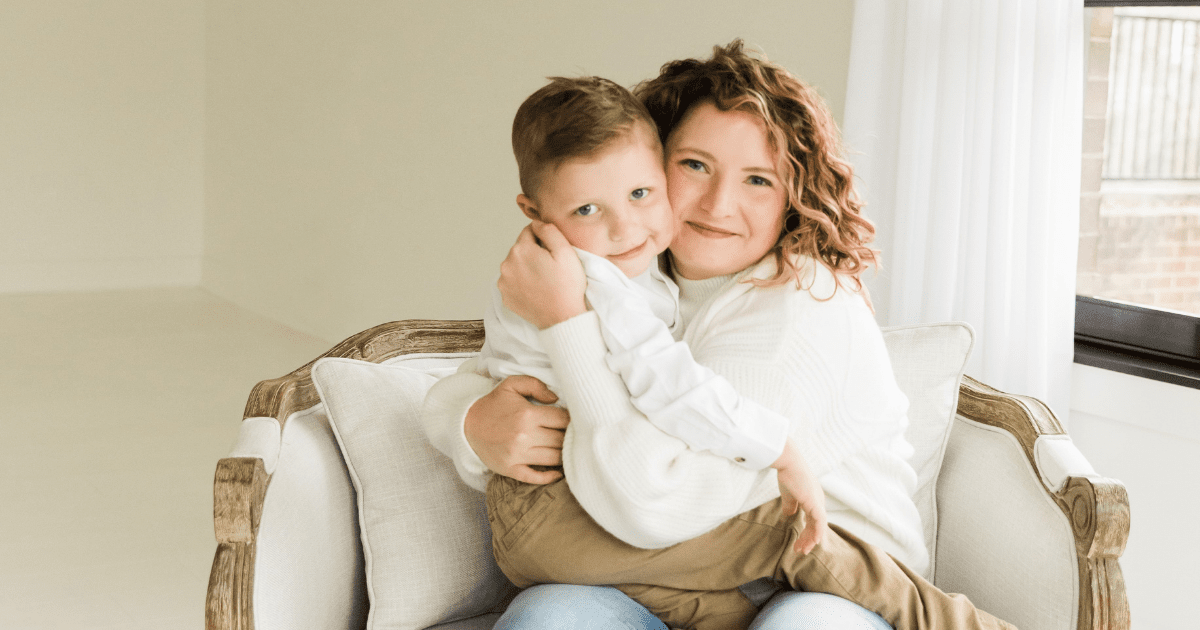
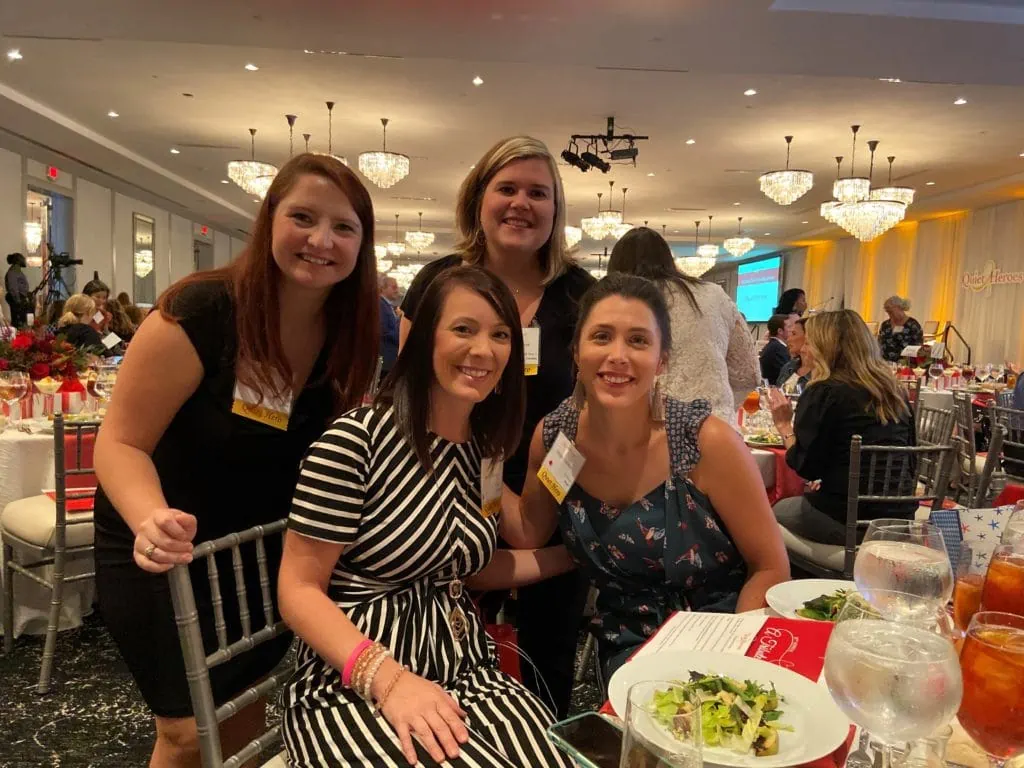 My first impression when I heard about it was to not go. That sounds weird but I felt nervous. I didn’t know what to expect. I felt so alone, and I thought by going and being around that many people, I’d feel even more alone. My husband urged me to go. I was timid when I parked and walked in. I felt overwhelmed. As soon as I put my name tag on, I felt like I was somebody. Not just someone who was hurting inside secretly, but like someone who everyone else with a nametag could relate to. I quickly made friends and saw other moms I had seen in the hospital hallways.
My first impression when I heard about it was to not go. That sounds weird but I felt nervous. I didn’t know what to expect. I felt so alone, and I thought by going and being around that many people, I’d feel even more alone. My husband urged me to go. I was timid when I parked and walked in. I felt overwhelmed. As soon as I put my name tag on, I felt like I was somebody. Not just someone who was hurting inside secretly, but like someone who everyone else with a nametag could relate to. I quickly made friends and saw other moms I had seen in the hospital hallways.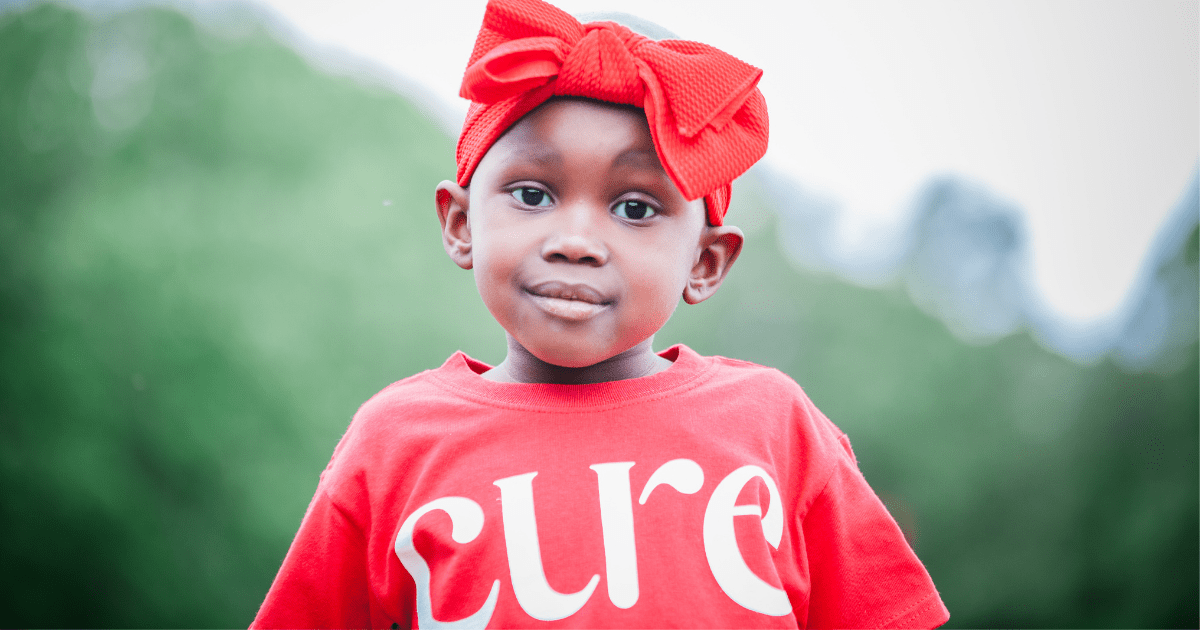
 During an eight-hour surgery, doctors removed the entire tumor and her right kidney. A biopsy confirmed it was a Wilms tumor and also showed it to have an anaplastic histology. This means that the cells’ nuclei are large and distorted, making the tumor harder to treat. Because of this finding, Jeneva had 30 weeks of chemotherapy and full stomach radiation after recovering from surgery.
During an eight-hour surgery, doctors removed the entire tumor and her right kidney. A biopsy confirmed it was a Wilms tumor and also showed it to have an anaplastic histology. This means that the cells’ nuclei are large and distorted, making the tumor harder to treat. Because of this finding, Jeneva had 30 weeks of chemotherapy and full stomach radiation after recovering from surgery.